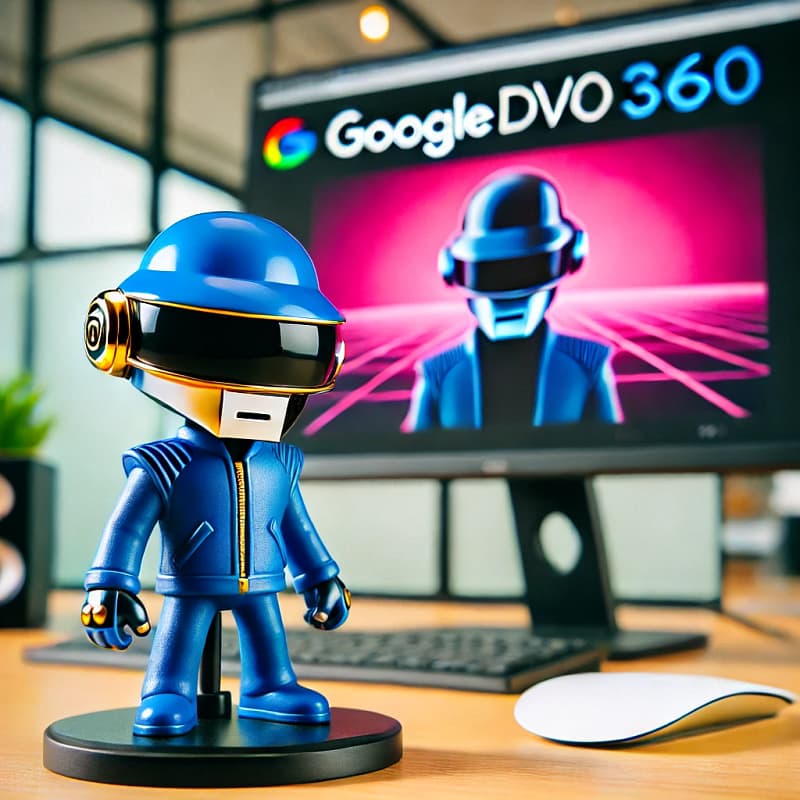The most widely used DSP in the Netherlands remains DV360, paired with the ad server CM360. Both are solid platforms, user-friendly, with access to all inventory, including YouTube, and usually requiring minimal publisher contact. However, it’s crucial to keep challenging DV360 to ensure optimal results. Google tends to attribute conversions favorably when good results are achieved, which can sometimes lead to inaccurate conversion assignments.
Understanding the System Floodlight Model
The System Floodlight Model is the default attribution method within CM360 and DV360. This means campaign optimization is based on this model. As shown in the image below, it’s possible to optimize or customize this attribution method with various options.

Baseline Attribution Models
Baseline is the attribution model used to manage campaigns in the Google Marketing Platform and DV360. Several models exist, with the Floodlight model as the default. Other options include Last Interaction, First Interaction, Linear, Time Decay, Position Based, and Data-Driven Attribution. The Data-Driven Attribution model is particularly interesting to test. Based on the Markov Model, it determines the value of an impression or click. It can be insightful to create an attribution model using Data-Driven Attribution and compare it with the standard Floodlight model. The other models are, in our opinion, less relevant, though they do provide useful insights. Markov Model which determines the value of an impression or click. It can therefore be valuable to create an attribution model using Data-Driven Attribution and compare it with the standard Floodlight models. The other models are, in our opinion, less relevant, although they do provide useful insights.
Attributed impressions
The next attribution choice concerns which impressions are included. In the default model, all impressions are counted, including non-viewable impressions. This is something you want to avoid, as it allows Google DV360 to optimize based on conversions tied to ads that were never actually seen by the final buyer. These are never incremental conversions and therefore represent wasted spend. It is possible to adjust this to Viewable Impressions or Engaged Views. Viewable impressions are measured according to the IAB standard, while engaged views can be defined based on your own criteria. Variables that can be added include viewability, time in view, device type, view-through rate (VTR), and skip vs. non-skip.
Draft recommends using viewable or engaged views within your attribution model, deviating from Google’s default settings. However, it is valuable to compare both attribution models afterward to see how much the DSP attributes to impressions where the banner was not viewable.
Modeled Conversions
Finally, you can choose to include or exclude Modeled Conversions. As Google’s tracking capabilities decline, modeling conversions has become necessary. Without it, you risk excluding entire browsers, such as Safari or Mozilla Firefox. Modeled conversions are enabled by default in the standard model, but it can be insightful to compare how much Google models and on which devices or browsers this occurs.
Conclusion & Advice
As you have read, we do not recommend using the standard attribution model and advise customizing it based on your own insights. Here are a few key positions we take on this:
- Compare multiple attribution models.
- Do not attribute non-viewable impressions.
- Try Data-Driven Attribution.
Experiment with different models to better understand how DV360 works and improve your campaigns. Attributing views to a platform is tricky since multiple channels are often involved. How can we guarantee that a view was decisive for a conversion without full customer journey insight? Despite this, views can guide the algorithm, so you might choose to count only a percentage of post-view conversions, which can be set in the DSP.
Need Help With Attribution in Your (Display & Video) Campaigns? We’re happy to assist you.







